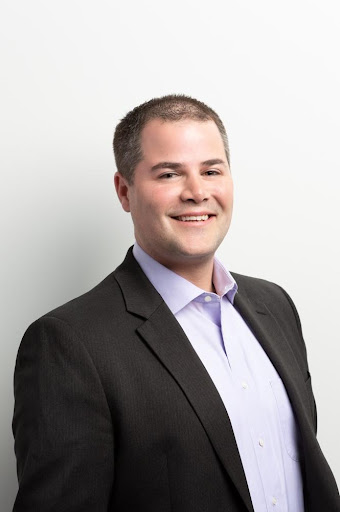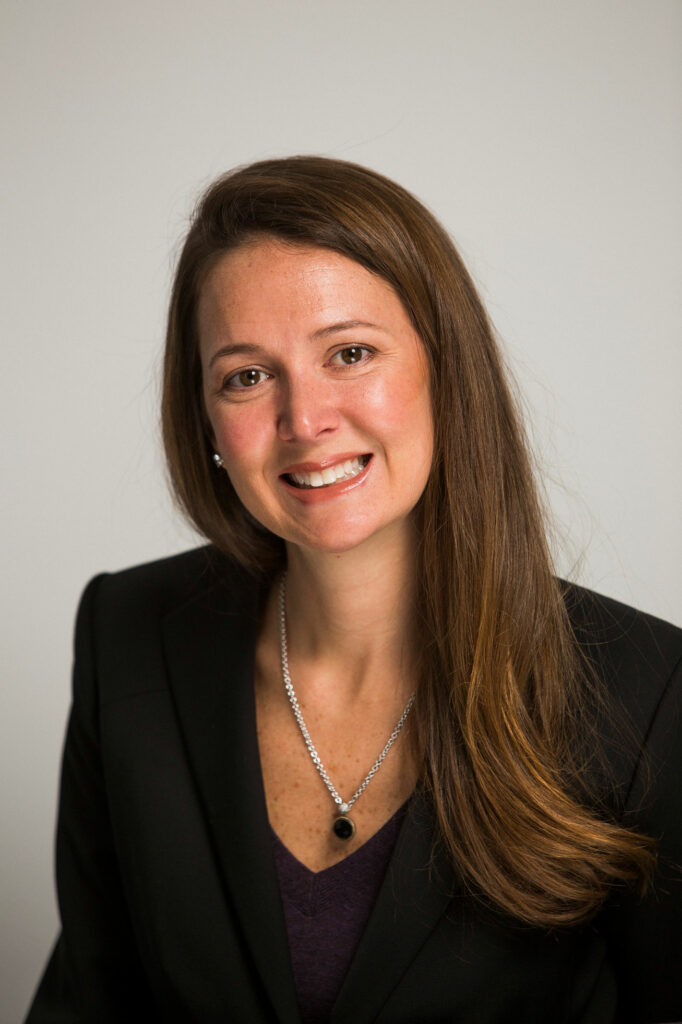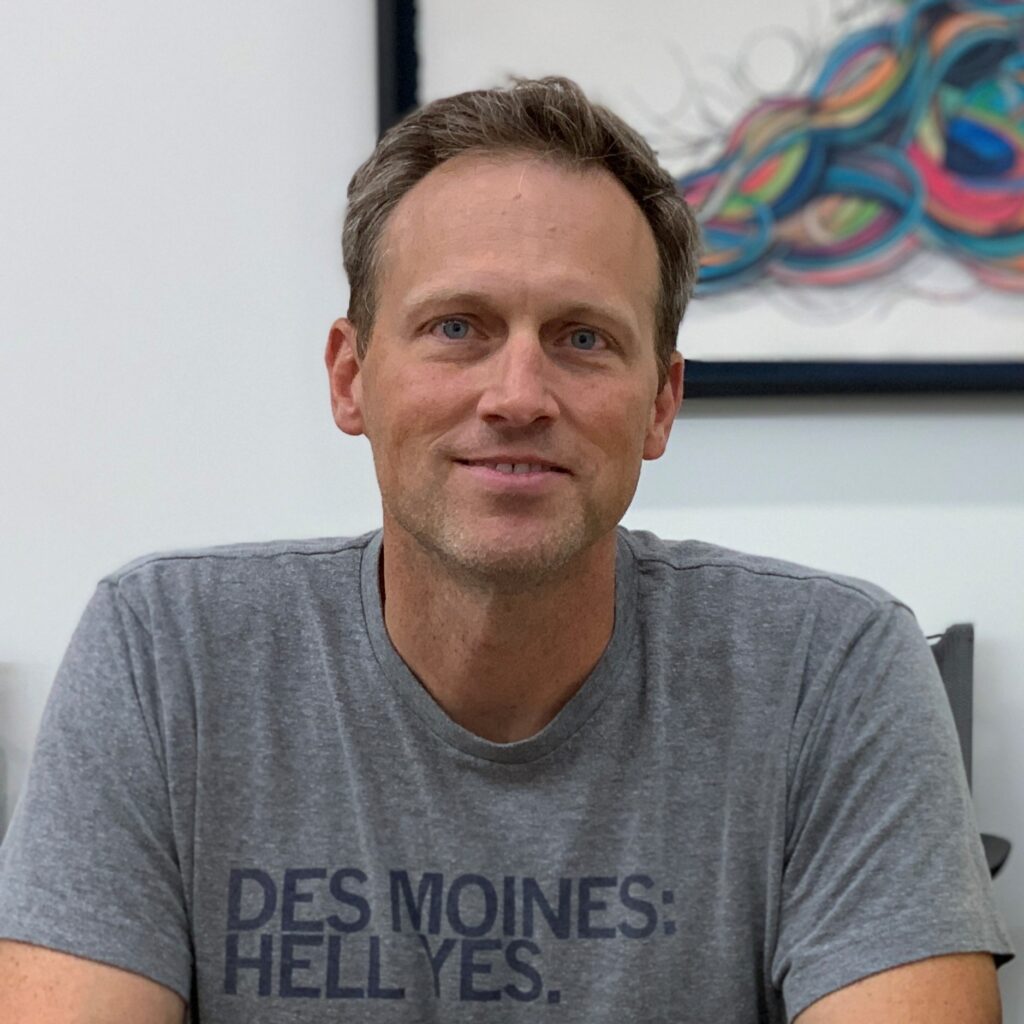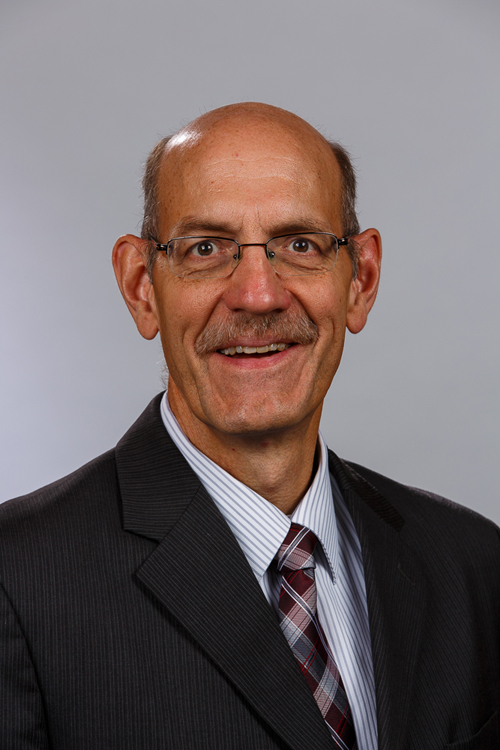In 2014, the Global Insurance Accelerator was a first for Iowa in many ways, including how it brought together seven local insurance companies to partner and invest in an accelerator dedicated to advancing innovative ideas for the insurance industry.
Those founding investors were Principal Financial Group, Delta Dental of Iowa, FBL Financial Group, IMT Insurance, Farmers Mutual Hail Insurance, Grinnell Mutual and American Equity Investment Life Insurance Co. In addition to connecting founders with Des Moines’ insurance players, the GIA has focused on offering mentor-led programming and early-stage capital. In its first 10 years, the GIA has seen 50 alumni come through the program and invested more than $3 million in early-stage insurtech companies.
As the accelerator marks its 10-year anniversary, five stakeholders who have been involved with the GIA during different phases of its first decade shared their reflections on the program’s history and progress.
Tej Dhawan, GIA co-founder; board member (2014-2017)

Describe your role in building or supporting the GIA during its first 10 years, and what is one thing you found to be unique about the model from your experience?
In 2010, Christian Renaud and I launched StartupCity Des Moines as an incubator focused upon high-growth startups. A core lesson we learned (and documented) then was that the region had a larger need for an accelerator focused upon its core strengths — insurance, agriculture and/or biosciences — and wasn’t ready (quite yet) for a general-purpose accelerator. The incubator model based upon funded startups wasn’t working, as the region’s startups did not have sufficient resources to launch or grow. I documented a need for a ‘vertically focused accelerator’ in a whitepaper for Jay Byers, then the CEO of the Greater Des Moines Partnership. Jay and Mike Colwell strategized further, and we decided to approach a financial services and insurance accelerator. Our initial research, however, found a few fintech accelerators in the neighboring states but nothing targeting insurance, so we pivoted, and turned our attention solely to insurance. Jay facilitated meetings with several regional insurance CEOs, with the first meetings accepted by Larry Zimpleman of Principal and Jeff Russell of Delta Dental. Larry committed Principal’s resources nearly immediately with a single stipulation: that we form a single, equal table and not create gradients of sponsorship.
Larry’s prescience in this insight was invaluable in establishing the accelerator early. Further prescience from Jeff Russell led to the creation (and his multi-year leadership) of a board that actively recognized and addressed the elephants in the room such as competitors and collaborators with equal voice at the table.
My primary role was to lead, accompany or support the various conversations at regional insurers, 81 in total. We spoke with various title holders, from CEOs and CIOs to strategists, innovators, technologists and marketing leaders. The initial seven companies saw the distinction of being investors in insurance innovation and became a cohesive team. They defined the few parameters that would inform the future culture of the organization and resisted the urge to place filters on who could participate. They rejected the idea of a local accelerator and assumed the title of the Global Insurance Accelerator, projecting the accelerator’s future of addressing global insurance needs. They, along with two independent board directors, Sheldon Ohringer and me, began filtering the lists of startups who could form its initial class.
The initial board appointed me as an interim managing director with a task to recruit the early class and the future, inaugural managing director. After interviewing local and regional leaders, Brian Hemesath emerged as the most qualified to identify startups, technologies, future insurance partners, and industry expertise to further the vision and strategy of the accelerator.
Though a multi-investor accelerator is quite common today, in 2013-2014 during its formative days, the idea of seven competitors equally forming an accelerator was quite new and received raised eyebrows and “it couldn’t possibly work” from others around the country. I believe the accelerator’s resiliency, diversity, growth and leadership are directly attributable to Larry’s prescience then, the board’s collegiality throughout, and Jeff’s leadership of the board growth over multiple years.
From your perspective, how have you seen the GIA’s effect on the innovation ecosystem evolve in its first 10 years?
If StartupCity Des Moines put Des Moines’ capabilities on the map, the Global Insurance Accelerator cemented our unwavering support for innovations and innovators. The GIA upheld its global moniker, attracting startups from around the globe and even keeping a few in the region. The impact can be further improved by a strategy in-development (thus stealth for a bit longer) today to multiply the ecosystem and its impact further.
I am particularly proud of two local companies I recruited in the accelerator’s early days. ClinicNote, now led by Lana Fox as its CEO and LifeInsuranceDB (now Benekiva), led by Brent Williams were a part of the accelerator’s initial (2014) class and remain as companies operating today. Brian [Hemesath] further recruited brothers from Australia and Germany who launched Pablow in the same class, with Steve Sherlock moving to Des Moines permanently to continue operating Pablow.
Dan Israel, GIA managing director (2022-present)

Describe your role in building or supporting the GIA during its first 10 years, and what is one thing you found to be unique about the model from your experience?
As only the third managing director of the GIA, I have the opportunity to build upon the foundation of success created by Brian Hemesath, Megan Brandt, Tej Dhawan and the rest of the leadership of the accelerator from the last ten years. My role over the last year and a half has been looking at how we find new avenues of growth while staying true to our founding beliefs. This means expanding our investor and sponsor base, partnering with Jess Louis to refine our program and mentorship plan, and ensure that the GIA is successful for the next 10 years and beyond! The GIA is unique in that we work with founders truly at the early-stage of insurtech. By bringing them together with the right ecosystem of partners — our financial service investors, sponsors, partners, mentors, venture capital, alumni, regulators — the GIA plays a niche role in supporting the earliest stages of innovation in insurance!
From your perspective, how have you seen the GIA’s effect on the innovation ecosystem evolve in its first 10 years?
I think the GIA has grown from one of the only accelerators focused in insurtech to being a leader amongst its many peers. The GIA has found a unique ability to bring together both incumbents and startups, mentors and mentees, and to provide a truly supportive innovation ecosystem that creates growth opportunities for all participants in the ecosystem. As the GIA has grown over the last ten years, you’ve seen more and more partnerships, as well as a truly global impact on insurance. In holding true to our name, we’ve brought founders from five continents and 14 different countries over the past nine cohorts and we continue to look for ways to expand the global reach of this amazing ecosystem.
Looking at the innovation ecosystem today, what are the resources or supports entrepreneurs and other players in the insurance space could benefit from, moving forward?
Innovation in insurance requires all market participants to come together to solve real problems facing the industry. Without this mutual participation, even the best ideas and solutions to real problems will struggle to gain traction. Through a mature and sophisticated mentorship program, the GIA is able to facilitate the right connections to bring people together to solve the biggest challenges facing the industry. Importantly, though, this is a two-way street, and there is much that the more established ecosystem partners and members can learn from the startups and early-stage participants as well.
Nicole Gunderson, GIA managing director (2019-2022)

Describe your role in building or supporting the GIA during its first 10 years, and what is one thing you found to be unique about the model from your experience?
I led the GIA as its managing director from 2019-2022, years five through nine, with over 50 portfolio companies that had completed the program. It didn’t take long for me to realize the GIA had built something incredibly special for the insurance industry and that Des Moines was at the epicenter. What was and remains to be unique about the GIA’s model is that on any given day in January (yes, January in Iowa), you’ll find insurance company professionals and executives, including CEOs, sitting down with insurtech company founders, discovering ways that they can be helpful on their journey. It is pure magic.
From your perspective, how have you seen the GIA’s effect on the innovation ecosystem evolve in its first 10 years?
When the GIA got its start in 2015, “insurtech,” or insurance technology, was nascent. Insurance companies did not yet have defined roles internally for innovation leaders, let alone innovation teams. As insurance companies got involved with the GIA, as partners, investors, mentors and more, innovation leaders began to emerge and eventually teams were built. That signal is a strong one.
Looking at the innovation ecosystem today, what are the resources or supports entrepreneurs and other players in the insurance space could benefit from, moving forward?
One thing that I learned while leading the GIA is that a support system is needed for early-stage founders long after the 100-day accelerator ends. For example, many first-time founders have never raised capital before, so building a network of investors to introduce at the right time is incredibly valuable to a time-strapped founder. When Dan Israel stepped into the managing director role in 2022, he didn’t skip a beat in bringing on an alumni director to support the ever-growing number of alumni founders and teams more formally.
Brian Hemesath, GIA managing director (2014-2019)

Describe your role in building or supporting the GIA during its first 10 years, and what is one thing you found to be unique about the model from your experience?
I was the first managing director for the GIA, hired in 2014, roughly 60 days before the cohort was scheduled to start. That first class was a whirlwind, but we made it work. The most unique thing about the model, and the program as a whole, was the one-degree connection between the insurance companies and those of us connected to the entrepreneurial ecosystem; those people being Jay Byers, Mike Colwell, Tej Dhawan, Sheldon Ohringer and myself. Other programs had corporate models that connected them to startups, but having a dedicated group of entrepreneurially minded individuals participating in the organization was very unique.
From your perspective, how have you seen the GIA’s effect on the innovation ecosystem evolve in its first 10 years?
I can’t say much about year 10, but I can tell you the GIA affected the ecosystem even in year one. Two global programs, Startup Bootcamp and Plug and Play followed the GIA into the insurance industry shortly after our first cohort, with their own insurance-focused programs. I don’t know if those programs would have launched without the GIA jumping in first. One of the founders of the largest insurance innovation conferences, InsureTech Connect, visited the GIA that first year to work out a collaboration to promote innovation.
Looking at the innovation ecosystem today, what are the resources or supports entrepreneurs and other players in the insurance space could benefit from, moving forward?
I believe the right mentorship has been and will always be the key component for an innovative upstart to see early success. Time is so valuable — mentorship “accelerates” everything (pun intended). The work that Megan Brandt did, and Jess Louis does, to make the right connections happen is a differentiator for not only an insurance-focused accelerator, but our community as a whole.
Doug Ommen, Iowa Insurance Commissioner

Describe your role in building or supporting the GIA during its first 10 years, and what is one thing you found to be unique about the model from your experience?
As insurance commissioner for the state of Iowa since 2017, our team has worked hard and worked smart to make Iowa a place that provides a fair and positive regulatory environment. These startups come from all over the world to be part of the GIA, and we want them to find a home within Iowa’s insurance ecosystem. These entrepreneurs solve issues for all parts of the insurance ecosystem, and our leadership team meets the cohort very early on in their experience to help provide any guidance we can to help them navigate the regulatory environment in the U.S. If there are issues, our team works with the entrepreneur to determine if there are ways to reach their goal that meet regulatory laws. I believe the GIA model of mentors across industry, regulator, and our universities is a winning formula.
From your perspective, how have you seen the GIA’s effect on the innovation ecosystem evolve in its first 10 years?
The Iowa business community is vibrant. The GIA connects with this community, building strong relationships among the startups and with our Iowa industry that transcends years, business locations and backgrounds. Many of the early cohorts are still very active in the GIA and the insurance ecosystem. When meeting with people around the U.S. and world, the GIA is known as a leader among accelerators internationally. The GIA continues to grow and is a very important part of Iowa’s insurance ecosystem.
Looking at the innovation ecosystem today, what are the resources or supports entrepreneurs and other players in the insurance space could benefit from moving forward?
Successful insurtech entrepreneurs are solving problems that those in the insurance ecosystem are grappling with. The GIA having a great network of mentors available, a large pool of carriers in Iowa to work and partner with, and a responsive insurance regulator in Iowa allows the entrepreneurs access that can’t be found elsewhere. Iowa’s business-friendly environment and low cost of living provides startups with an ideal environment to start and grow their businesses.